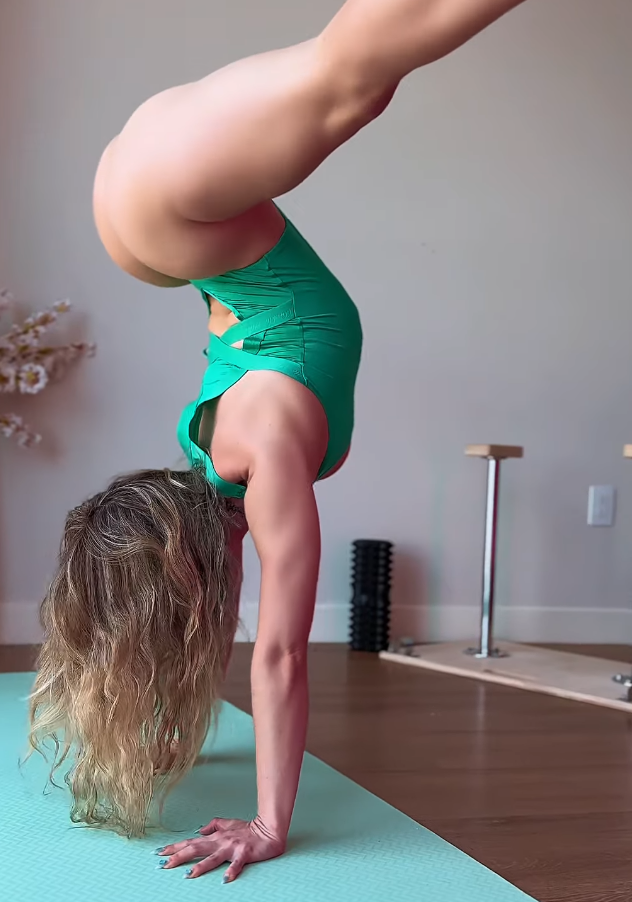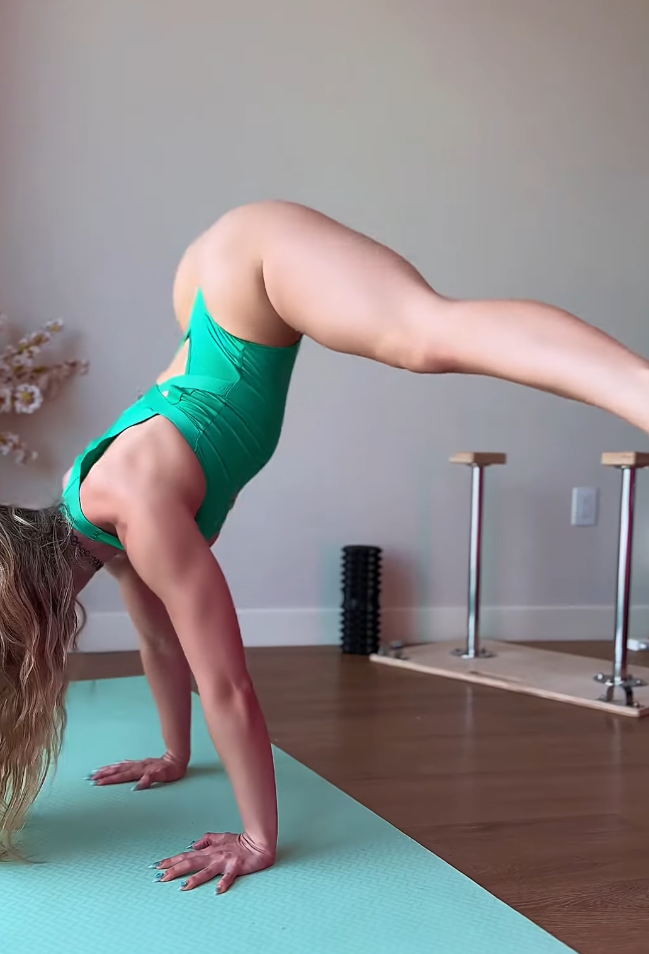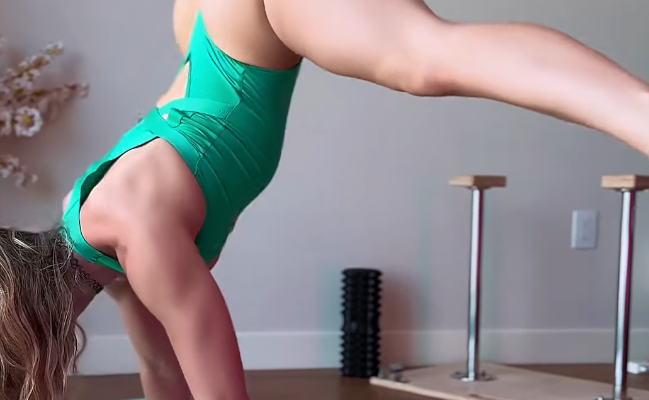Flexibility is a fascinating thing. For some, it brings a sense of awe and admiration—watching a gymnast bend effortlessly or a yogi fold in half can make anyone exclaim, “Woah!” For others, the mere sight of an extreme stretch evokes a visceral reaction: “Ouch!” Whether you’re on the “woah” or “ouch” side of the spectrum, flexibility is a topic that sparks curiosity and intrigue.

The Magic of Flexibility
Flexibility isn’t just about doing impressive tricks. It plays a vital role in our daily lives, from bending to tie our shoes to reaching for something on the top shelf. It’s the hidden key to mobility, reducing the risk of injury and enhancing overall well-being. Athletes, dancers, and fitness enthusiasts work tirelessly to increase their range of motion, knowing that flexibility is crucial for peak performance.
But let’s be honest—when we see someone contorting their body in unimaginable ways, our first instinct might be to laugh, gasp, or wince. Watching someone drop into a perfect split or bend their spine like a rubber band is a spectacle that often divides people into two camps: those who admire it with wide eyes and those who feel phantom pain just from watching.

The “Woah” Perspective
For those in the “woah” category, flexibility is an art. It’s mesmerizing to watch contortionists, ballet dancers, or martial artists execute fluid movements that seem to defy human limits. Yoga practitioners, for example, showcase incredible poses that look effortless but require years of dedication and training. The beauty of flexibility lies in the seamless way the body moves, unrestricted and graceful.
People who admire flexibility often see it as a symbol of strength, dedication, and mastery over one’s body. They understand that flexibility isn’t just about being able to touch your toes—it’s about control, discipline, and commitment. They see flexibility as something attainable, a goal worth striving for, and an indicator of overall physical fitness.

The “Ouch” Reaction
On the flip side, some people can’t help but cringe at extreme flexibility. Seeing someone twist their limbs into seemingly unnatural positions triggers an instinctive reaction—a mix of sympathy pain and disbelief. If you’ve ever seen a cheerleader execute a scorpion pose or a gymnast bend backward into a bridge, you might have instinctively recoiled and muttered, “Ouch!”
This reaction isn’t uncommon. Our brains are wired to associate extreme positions with potential injury. If you’ve ever pulled a muscle or experienced a painful stretch, your body remembers the discomfort, making you wince when you see others push the limits of flexibility. For some, it’s hard to separate impressive flexibility from potential pain, which is why they can’t fully appreciate it without a tinge of discomfort.

The Science Behind Flexibility
So why can some people bend like pretzels while others struggle to touch their toes? A mix of genetics, training, and lifestyle determines flexibility. Some people are naturally more limber due to their muscle structure and joint composition. Others have to work tirelessly to improve their range of motion.
Regular stretching, yoga, and mobility exercises can gradually increase flexibility. The body adapts over time, lengthening muscles and improving elasticity. However, forcing a stretch beyond one’s limit can lead to injuries like sprains, strains, or even ligament tears—hence the “ouch” reaction many people have when witnessing extreme flexibility.
Can You Move from “Ouch” to “Woah”?
If you fall into the “ouch” category, does that mean you’re doomed to stiffness forever? Not at all! Anyone can improve their flexibility with consistent effort and the right techniques. The key is to stretch safely and progressively, avoiding sudden, forceful movements.
Here are a few tips for increasing flexibility without pain:
- Start Slow: Never push your body beyond its limits too quickly. Gradual stretching prevents injuries and allows your muscles to adapt over time.
- Stay Consistent: Flexibility isn’t a one-time achievement. Regular practice is essential to maintain and improve your range of motion.
- Use Proper Techniques: Dynamic stretches before workouts and static stretches after workouts can enhance flexibility safely.
- Breathe Through Stretches: Deep breathing helps relax the muscles, allowing for a deeper stretch without discomfort.
- Hydrate and Stay Active: Muscles need proper hydration and movement to stay pliable. A sedentary lifestyle can lead to stiffness over time.
The Funny Side of Flexibility
Let’s not forget that flexibility often leads to some hilarious moments. If you’ve ever attempted a yoga class as a beginner, you know the struggle of holding a downward dog while your legs tremble uncontrollably. Or maybe you’ve tried to impress someone with a deep stretch, only to end up toppling over like a newborn giraffe. These moments remind us that flexibility isn’t just about physical ability—it’s also about having a sense of humor and embracing the journey.
Watching online videos of failed splits or people attempting to copy contortionist moves can be both painful and hilarious. We laugh because we recognize the struggle. Flexibility isn’t easy, and sometimes, our bodies have a way of reminding us that we’re not quite as bendy as we thought.
Final Thoughts
So, what’s your reaction to flexibility—“Woah” or “Ouch”? No matter where you stand, one thing is clear: flexibility is an incredible skill that can be both awe-inspiring and cringe-worthy. Whether you dream of mastering a split or simply want to touch your toes without discomfort, there’s always room for improvement.
The key is to approach flexibility with patience, persistence, and a good sense of humor. After all, whether you’re bending like a pretzel or struggling to reach past your knees, the journey to becoming more flexible is just as important as the destination. And who knows? With enough practice, one day, you might just find yourself switching teams—from “ouch” to “woah!”



